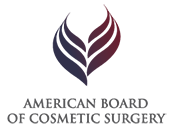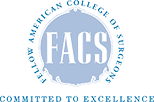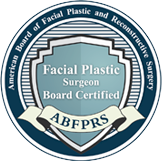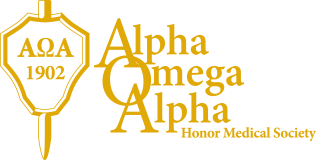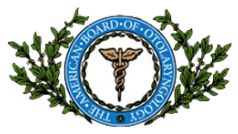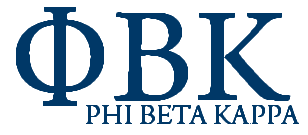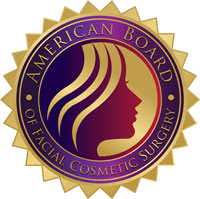Revision Rhinoplasty Corrects Nasal Issues
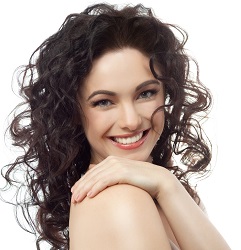
A revision, or secondary, rhinoplasty is a surgical procedure that is performed to correct an unexpected or undesired outcome from the initial, or the primary, rhinoplasty. It could be either a functional issue or an aesthetic issue or both. The most common functional issue that is corrected with a revision rhinoplasty is a nasal obstruction.
There are a number of factors that can cause nasal obstruction, including a nasal septum that is deviated. A deviated nasal septum makes it so the nasal cavities are different sizes. The smaller nasal cavity can often be prone to obstruction.
Primary rhinoplasty is often performed to correct a deviated nasal septum. Sometimes, the surgery can make the issue worse. Also, if too much tissue is removed during the rhinoplasty surgery, it can cause serious internal scarring and even nasal valve collapse. To correct these issues, a revision rhinoplasty will be required.
Is Revision Rhinoplasty for You?
If you have undergone a rhinoplasty procedure and you are not satisfied with the results or if the rhinoplasty triggered a new condition, such as difficulty in breathing, then you may be a good candidate for the revision rhinoplasty. A revision rhinoplasty can also correct a pinched tip, upturned nasal tip, collapsed bridge, crooked nose, narrow bridge, nasal length discrepancies, and many other abnormalities.
Revision rhinoplasty will help to correct or restore the structure and strength of the nose, which will improve the nasal airflow. Since the function and form of the nose are correlated, improving the nasal function will also result in the improved appearance of the nose.
A revision rhinoplasty is a complicated procedure, sometimes much more complicated and difficult than a rhinoplasty. Rhinoplasty in itself is one of the most difficult plastic surgery procedures. The main reason for this is that the nose is a very delicate organ. As a result, any changes, even smaller ones, can affect its normal functioning and/or its aesthetic aspects.
Before Your Procedure
Before performing the revision rhinoplasty, your surgeon will make sure that you have healthy facial tissues and muscles and that you do not have any life-threatening conditions, including diabetes, high blood pressure, and thyroid disorders.
A number of tests, including imaging tests, will be performed prior to the surgery. The tests will help the surgeon to find out whether the nasal issues may be because of a collapsed nasal structure, due to an allergy, or as a result of any other conditions.
You will have to give up smoking well in advance of the surgery. You will also be asked to stop taking certain medications. All this will help to avoid unwanted risks, such as excessive bleeding, and will also help with a speedy recovery.
During Your Procedure
Revision rhinoplasty can range from being a simple procedure (for instance, removing excess cartilage/bone in the nasal bridge) to a very complicated procedure (for instance, a complete nose overhaul).
At the start, you will be given general anesthesia. The procedure will either involve closed or open incisions. Closed revision rhinoplasty involves making an incision inside the nostrils. Open revision rhinoplasty involves making a small additional incision under the nose’s tip, on the columella. Open revision rhinoplasty will help the surgeon to get a better visibility of the nose structure and allows for improved maneuverability. Once the nasal issue is corrected, the skin will be redraped and the incision(s) closed.
After the Procedure
After the surgery, a plaster cast/splint may be taped to the nose to hold it in place. It will be removed once the nose is stabilized. You will need bed rest for some time. You will have to keep your head raised a bit to avoid swelling and bleeding; your surgeon will discuss the correct position with you in advance.
Revision rhinoplasty is an outpatient procedure, so you will be able to go home after the surgery. However, it is imperative that you do not drive. Instead, arrange for a ride home in advance from a friend or a family member. It is best if they stay overnight as well.
You will have to avoid any strenuous activities for some time. The results of your revision rhinoplasty can typically be seen and experienced within a month.
Scheduling a Revision Rhinoplasty Consultation
Contact our office to schedule a consultation with Dr. John D. Rachel, a highly skilled and respected board-certified facial plastic surgeon serving the Chicago area.

